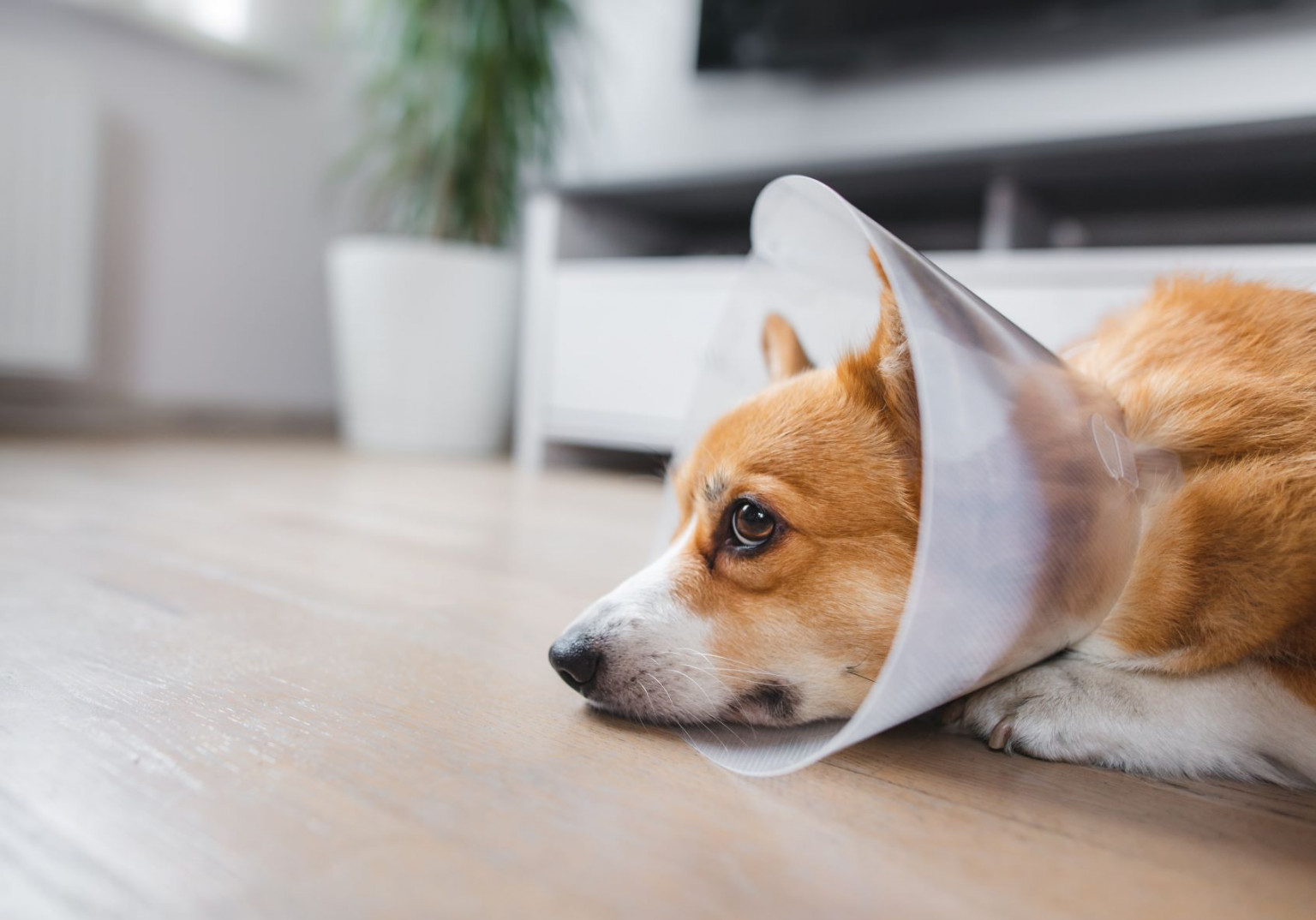
Whether your pet’s surgery was pre-scheduled or the result of an unexpected visit to the emergency vet, their wounds will need some looking after in the days immediately following the operation.
Understanding the risk of infection
Any wound can present the risk of infection, which can quickly become severe.
Your vet will have attempted to mitigate or reduce the risk of this during the actual surgery by controlling the operating environment, cleaning and disinfecting the wound area thoroughly, and only using sterile materials.
Home care for surgical wounds
When your pet leaves the clinic, they can then be exposed to all the germs that are normally present in the environment, most of which wouldn’t pose a risk under normal circumstances. But the surgical wound is a potential point of entry for bacteria and other pathogens that can lead to infection.
It is important that you follow your vet’s instructions for keeping the wound clean. These instructions may differ based on the nature and location of the surgical wound, but it’s important to be aware of signs of infection or any changes to the wound that may indicate your pet needs to see the vet again.
Regular wound checks and hygiene
Make sure to check the wound regularly to make sure it’s healing correctly. For the first few days after surgery, it’s worth checking the wound healing only in the mornings and the evenings.
Remember always to wash your hands,and dry your hands thoroughly if you are touching your pet anywhere near the wound area.
Preventing your pet from interfering with the wound
Your vet may have given you an Elizabethan collar (cone) or suit for your pet to wear to keep them from licking their own wound.
It’s important to ensure that they keep this on, at all times even when sleeping and eating, for the time prescribed by the vet, even if they seem uncomfortable.
Identifying signs of infection
- Redness and swelling
A certain amount of swelling and redness around the wound is to be expected in most wounds the first few days after surgery, but if the area of redness is increasing or spreading past the initial surgical site, this could signal infection.
- Discharge or bleeding
Some dried blood around the edges of the wound is normal. There may also be a very minimal amount of clear fluid coming from the wound immediately post-surgery. But if the wound continues to bleed heavily, you should call your vet. If any discharge from the wound is thick, foul-smelling, and/or yellow or green in colour, this is a sign of potential infection.
- Heat
As white blood cells swarm to the wound site to begin the healing process, the skin will feel slightly warmer to the touch. If the wound continues to feel hot a few days after surgery, though, it may be a sign that the body’s defences are fighting bacteria. Likewise, if your pet has a fever, this can also indicate that infection has set in.
Monitoring your pet’s behaviour for additional signs
Behavioural signs: your pet may appear dazed or drowsy in the hours immediately after surgery as they are still feeling the effects of the drugs used during the operation.
It’s likely that your vet will have included painkillers as part of the post-surgery aftercare, and these can also cause your pet to be sleepier than usual. But if your pet is no longer taking painkillers and still seems lethargic, especially if they’re also exhibiting any of the signs above, you should seek veterinary attention.
Not eating, not urinating or pooing normally, or any clinical signs of pain are also something you should not ignore.
When to seek further veterinary advice
If you are in doubt about how your pet’s wound is healing or you’re worried about signs of infection, you can give your daytime vet a call during their opening hours or call our telemedicine service Video Vets Now if they are closed.

